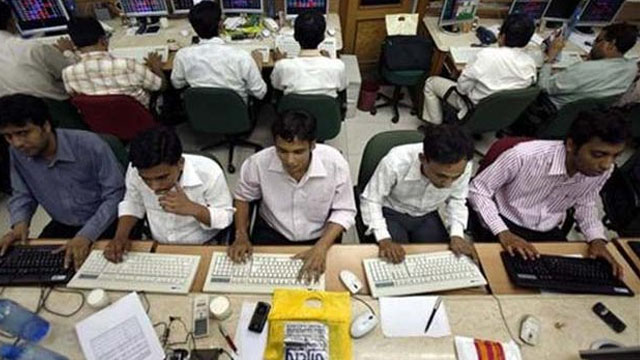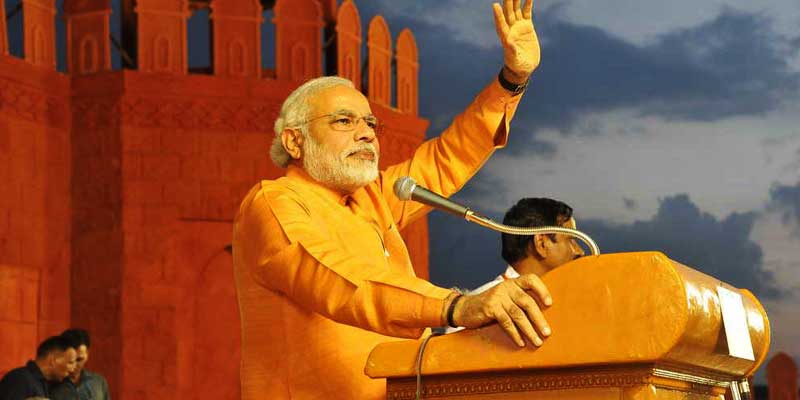Rupee and Indian stock market jumped sharply to more than one-month highs as the US Federal Reserve continues its monetary stimulus policy.
The Indian currency and stock market jumped sharply to more than one-month highs on Thursday morning as the US Federal Reserve abstained from withdrawing its monetary stimulus policy, as had been widely expected by global markets.
The BSE Sensex surged over 574 points to 20,536.29 in early morning trade on continuous buying by funds and retail investors, prompted by reinforcing rupee and a positive trend abroad after the US Fed announced to keep its stimulus programme intact.
In an astonishing move, the US Federal Reserve said it would continue buying bonds at an $85 billion monthly. Largely the analysts had expected the US central bank to shrink its stimulus by $10-15 billion per month.
Reportedly, the rupee traded at 61.66. The broad-based NSE Nifty also moved up by 183 points to 6,080.
Traders said besides prospects of increased capital inflows, the dollar’s weakness against other currencies abroad, after the US Fed amazed markets by sticking to its massive bond-buying programme, enhanced the rupee’s sentiment.
Banking stocks were the major gainers in the domestic markets. Private lenders Axis Bank, IndusInd Bank and ICICI Bank were the top three gainers on the Nifty.
In other Asian markets, Hong Kong’s Hang Seng rose by 1.67 percent, while Japan’s Nikkei by 1.32 percent in early trade on Thursday.
US central bank’s decision means the policy of super easy money will carry on for a few more months. This is good news for budding economies like India. Indian economy greatly relies on foreign funds to back its record current account deficit, which has hit a record 4.8 percent of GDP in the last fiscal.
India witnessed the sharpest foreign fund outflow between June and August this year ever since the global financial crisis in 2008. Investors worried that this exodus would deteriorate and the rupee would devalue further.
The Fed’s decision has also given the new Governor of Reserve Bank of India, Raghuram Rajan a much needed flexibility to devise his maiden monetary policy in the policy meet on Friday. A tapering by the US Fed would have strained Mr Rajan to raise key interest rates to guard the falling rupee by making India eye-catching for foreigners.
India is not completely out of trouble as inflation is still high but little steps headed for lessening liquidity can be announced in the Friday’s policy meet.
As per a Reuters poll, the RBI Governor is likely to leave key policy rates untouched and go on with the cash tightening measures to stabilise the rupee, and focus on checking sky-touching inflation.





